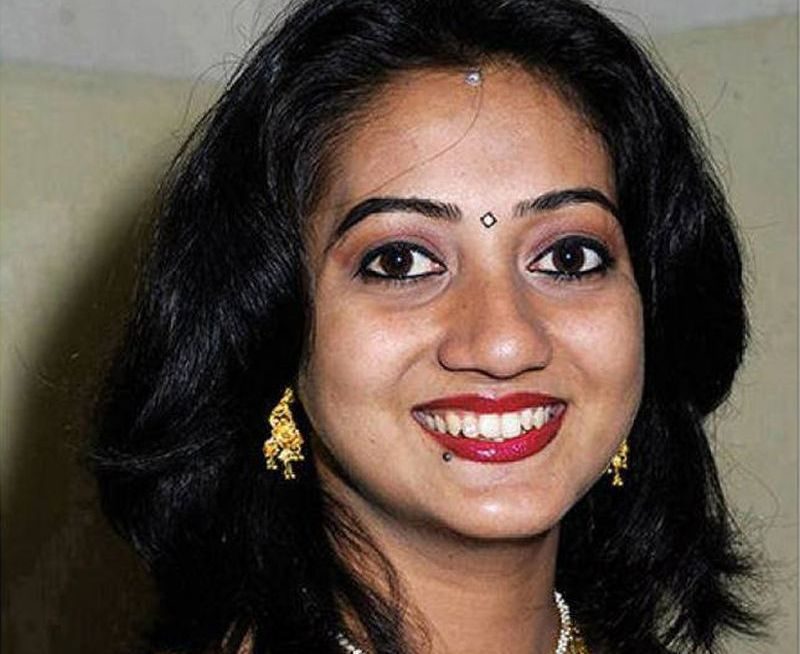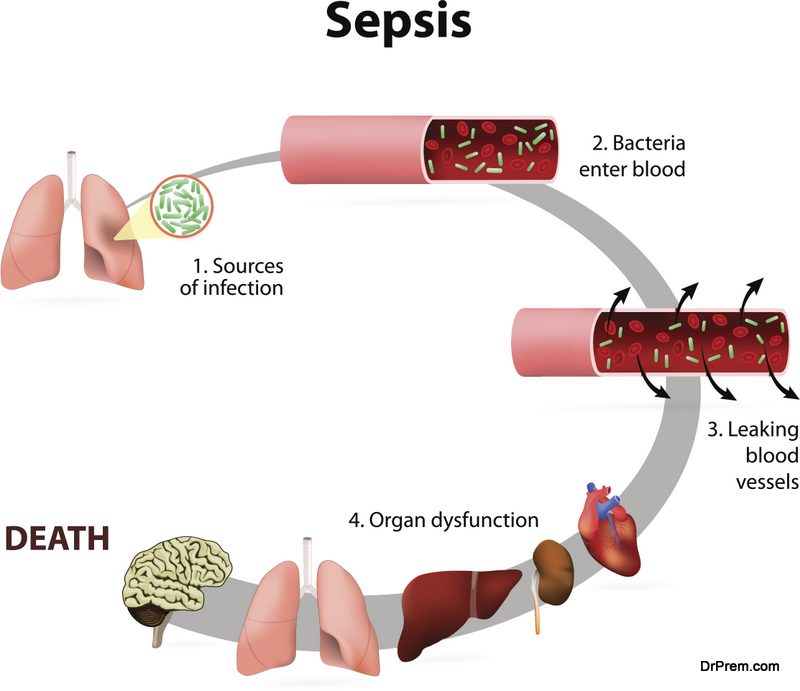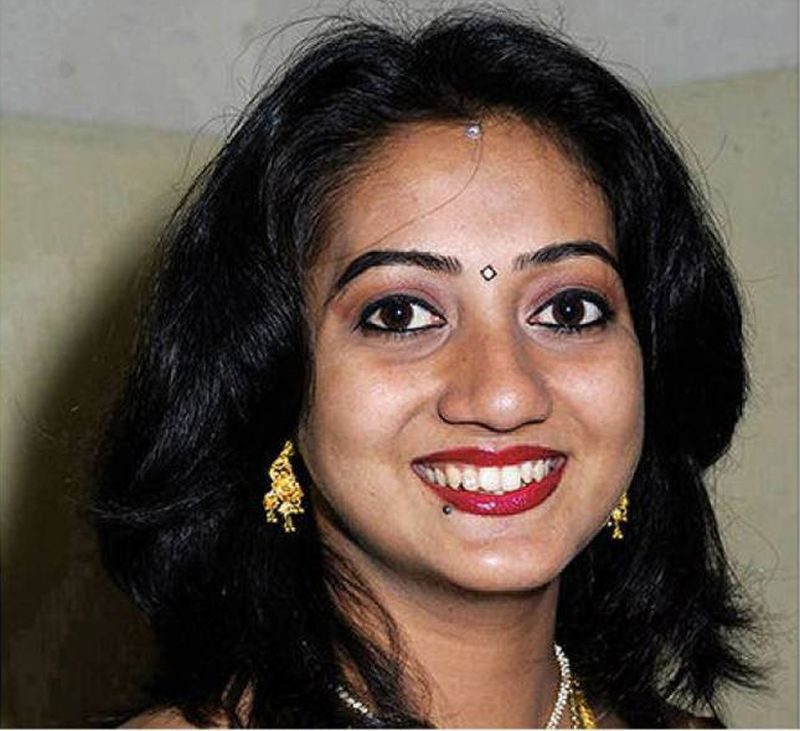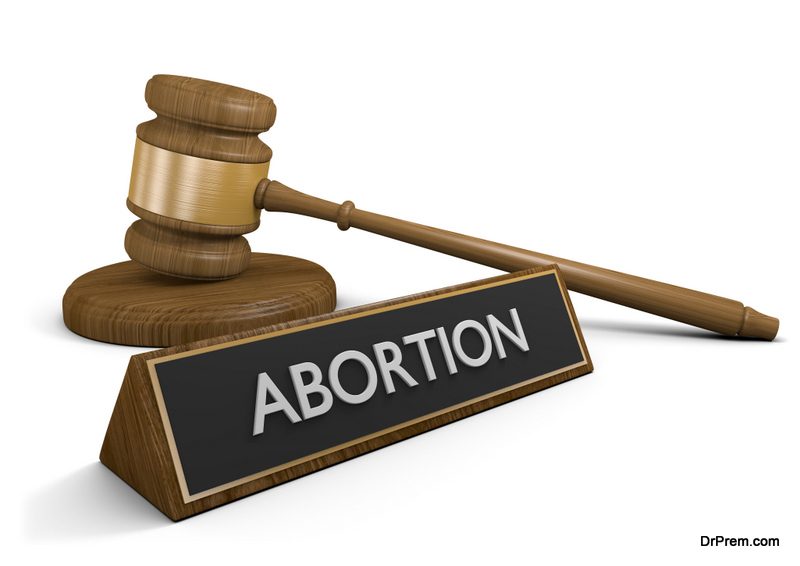‘We have got justice for Savita’ exclaimed a father, who lost his only daughter to a cardiac arrest . This ws caused due to septic miscarriage – which was avoidable if her family’s request of ABORTION was listened to.
Savita Halappanavar, 31, an Indian dentist, moved in with her husband Praveen Halappanavarin Galway, Ireland in July 2008. Praveen Halappanavar worked for a medical implements company Boston Scientific in Galway.
When it all began?
21st October 2012: A 17 months pregnant Savita visited hospital with her husband complaining about lower back pain that was radiating round her pelvis. She was checked and discharged, only to be brought back to the hospital the same day – This time with a different complain: She felt that she was going into labor.
22nd October 2012: Her waterbroke as her examination showed that the gestational sac containing the foetus had protruded into her vagina. A miscarriage was the only foreseen outcome.
23rd October 2012: After such complications, the Halappanavars requested for abortion. On such a request a consultant doctor attended them and informed them of Irish Law – As long as there is a risk involved to the life of the mother, the abortion cannot be permitted. The consultant stated that if risk to the mother was life-threatening then they could terminate the foetus. But that it would be based on actual risk and not a theoretical risk. She was not allowed an abortion and she soon started developing signs of Sepsis.
[Sepsis: Sepsiscan be described as an infection that causes a host’s body immune to bacterial or fungis or virus attacks that may prove to be life-threatening. Savita had a foetus infection.]
24th October 2012: Savita delivered a still born girl. A late medication from the doctors could not better Savita’s situation as her sepsis infection grew worse.
28th October 2012: Savita died from cardiac arrest caused by sepsis.
The Then Abortion Law in Republic of Ireland:
The Eighth Amendment of the Constitution Act 1983 amended the constitution providinga clause for ‘right to life’ to both – the pregnant woman and the unborn. Abortion was set as asubject to criminal penalty. This legalised and empowered the judicial interpretation of abortion being prohibited under the Offences against the Person Act 1861. Though, the interpretation was kept restricted to allowing abortion in cases where the life of a pregnant woman was at risk.
Abortion was permitted legally only where there was real and substantial risk of loss of mother’s life which included the risk of suicide. And as per a consulting doctor,Savita’s risk to life was considered theoretical rather than actual.
Media and Public attention:
Savita’s parents had arrived and the Halappanavars sought help from Galway Pro-Choice group. The Pro-Choice group put them in contact with Irish Times. Halappanavar’s death story became public after the ‘Tonight with Vincent Browne’ programme presented front-page story by the Irish Times and the Irish Independent.
The story immediately trended on Twitter . It invited tweets from major journalists and coverage from publications such as; The Huffington Post, BBC News,The Guardian, Daily Mirror,The Daily Telegraphand the independent newspapers.
On 14th November 2012, people, as good as 2000 in numbers, gathered to protest outside Dail in Dublin. Dail is the lower house and principal chamber of parliament, which also includes the President of Ireland and the upper house. Later thousands of Irish people marched, protesting against the abortion law. The movement was not confined to Ireland, it had spread globally.
Since Ireland is a major Catholic country and its Irish laws revolve around Catholicism; the Catholic Romanian Bishops of Ireland put forward a statement. They stated that the Catholic Church has never preached of inequality for the life of a mother or a child andthat they never considered their teachings to interpret a life of an unborn child must supersede the mother’s own.
The Referendum Campaign
Meanwhile the people had already begun the abortion rights campaign.
Mr. O’Halloran an actor and a screenwriter supported the protests stating that he felt disheartened of the fact that his land’s old ideologies had denied an abortion. It resulted to a loss of an innocent life and that he felt a midwife’s statement ‘this is a Catholic country, we cannot help you’ to the victims was equally shameful.
The protest against the Eight Amendment had reached new heights where the campaigners demanded repeal on the ban on abortion law. Earlier, when the Eighth amendment was framed, too invited opposed ideologiesby Anti-Amendment Campaign in 1983. Their campaign went unsuccessful in-spite of few cases which rose questions on such amendment. But after 20 years of being dormant, Savita’s case gave them a huge ignition.
Savita’s parents were very kind to allow the use of their daughter’s identity to repeal the amendment. The vote demanding the repeal on Eight Amendment was put to motion by the officials.
The Vote and the power of Voters
In 2013, there was a partial abolition of the ban on abortion for cases where the mother’s life was in danger. But the campaign took years to motion a vote against the Eight Amendment.
The people have not forgotten you and that they are sorry for this delayed action, exclaimed an Irish citizen as – 25th May 2018 – It happened. The supporters came to vote for a referendum demanding a repeal on Eight Amendment. Few officials and authorities of mainstream churches did oppose the ban on abortion but the vote favoured Savita’s soul. The amendment was passed by the ratio of 66.4 to 33.6 voting in favour of repealing the Eight Amendment.
Ireland’s Indian-origin Prime Minister, Leo Varadkar, who favoured the liberalisation exclaimed this as a ‘quiet revolution’ and that this collective citizen’s effort will remain historic.
An article on ABC network quoted a supporter, Jenny Headen, 42,who reflected a want of exercising the right to independency for all the sisters’, friends’, mothers’ and daughters’ decision for their personal lives.
An article on The Guardian quoted Sean Drugan and his six-year-old son who addressed the togetherness created among the people because of a painful and regretful death. They exclaimed that sometimes it may take someone from a different culture to inflict change in an adoptive ideology of a foreign country.
As a result of a favoured result the 36thAmendment to the Constitution of Ireland will replace the Eight Amendment where in the new regulation of the termination of pregnancy will come to light. But this will only be possible when Ireland’s President will officially sign the new legistation so that it will repeal and supersede the Eight Amendment.
AndanappaYalagi, Savita’s father exclaimed his gratitude for the justice his daughter was granted. He appreciated this historic movement and hailed every Irish citizen who contributed to this change in one way or the other. He signed off with a last request of naming the law after his daughter, Savita.







